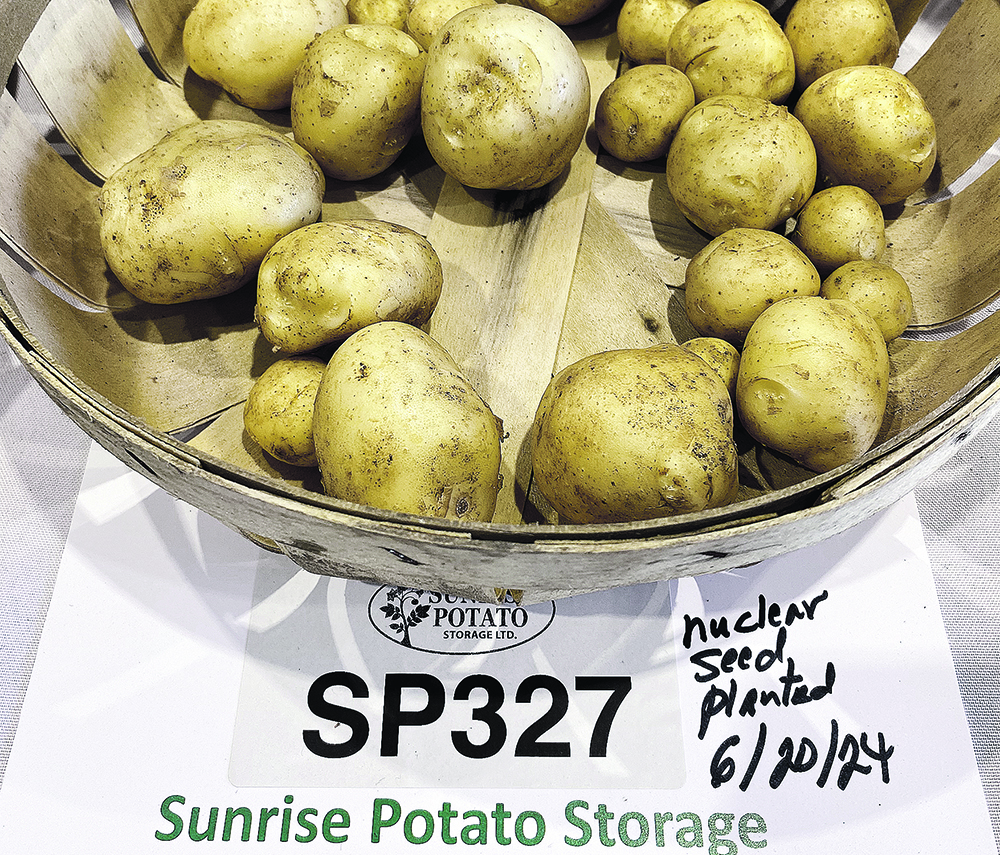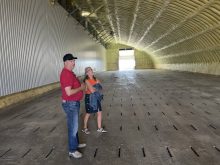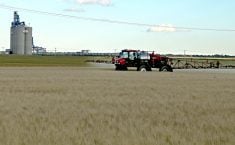Sunrise Potato Systems Institute’s SP327 reaches commercial production in Canada, and company negotiates with China
Glacier FarmMedia – An early chipper variety stirred interest during recent potato field trials in Ontario by offering earlier maturity than standard varieties with similar yields.
Five companies, including one in the United States, are evaluating the potential of F160032-06 this season.
Vanessa Currie, a research technician with the University of Guelph’s plant agriculture department, said several of the elite selections chosen for federal potato breeding program field trials are either released or close to being released, including F160032-06.
Read Also

New coal mine proposal met with old concerns
A smaller version of the previously rejected Grassy Mountain coal mine project in Crowsnest Pass is back on the table, and the Livingstone Landowners Group continues to voice concerns about the environmental risks.
“One of the things we do look for (in trials) is tolerance to disease,” Currie said. “We’re looking for varieties which can be grown sustainably with as low inputs as possible.”
Peter Vander Zaag, Sunrise Potato Systems Institute president, said the F160032-06 variety has high dry matter and high yield potential, a plus for early harvest. It is also resistant to PVX (potato virus X, a plant pathogenic virus) and has moderate common scab resistance.
“The growers who are trying it out are saying, yeah, it looks pretty good,” he said. “How well will it store? The next question is how well it will process during storage.”
Vander Zaag said success in small trials can be deceiving, but plots of 50 acres or more allow better evaluation of a potato’s performance.
“I have real reason to believe this is going to be a winner,” he said.
Another trialled variety is already bringing Vander Zaag’s company into the chipping big leagues. SP327 is commercially grown in Alberta, Manitoba, Quebec and Ontario and has trialled throughout the United States. He is also negotiating a purchase deal with China.
“Old Dutch … loves this variety. They’ve used it almost exclusively for the whole season,” Vander Zaag said. “It’s made the breakthrough, but that’s not easy.”
He said SP327’s low and stable winter storage glucose levels, fry tests, colour and shape consistency, regardless of where it’s grown, are keys to its success.
Depending on the climate where it’s grown, SP327 can range from early to late, making it a June potato in Ontario but a late July variety in Manitoba. It still fries well at the end of July because of the slightly cooler climate.
While not late blight resistant, SP327 is resilient to it and other viruses and doesn’t rot in storage.
The next challenge is ramping up seed production to meet demand.
Saskatchewan and Ontario seed production of the variety is on track, but the Quebec market is lagging. The evolution from nuclear mini-tubers to commercial seed production could take another two years.
“This is our battle,” Vander Zaag said. “You can’t provide it, and then they get turned off and go in another direction.”

















